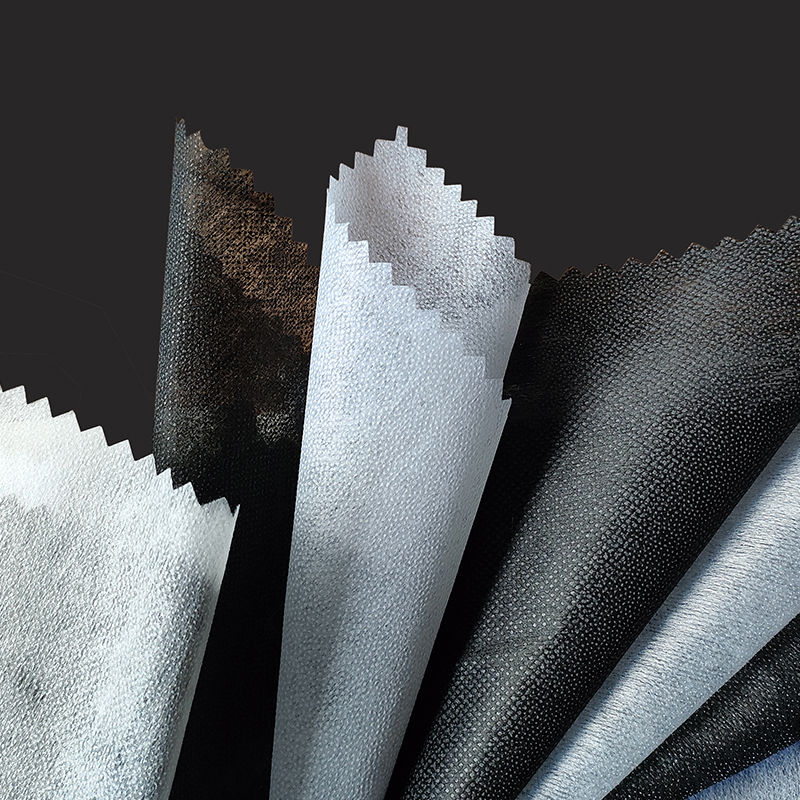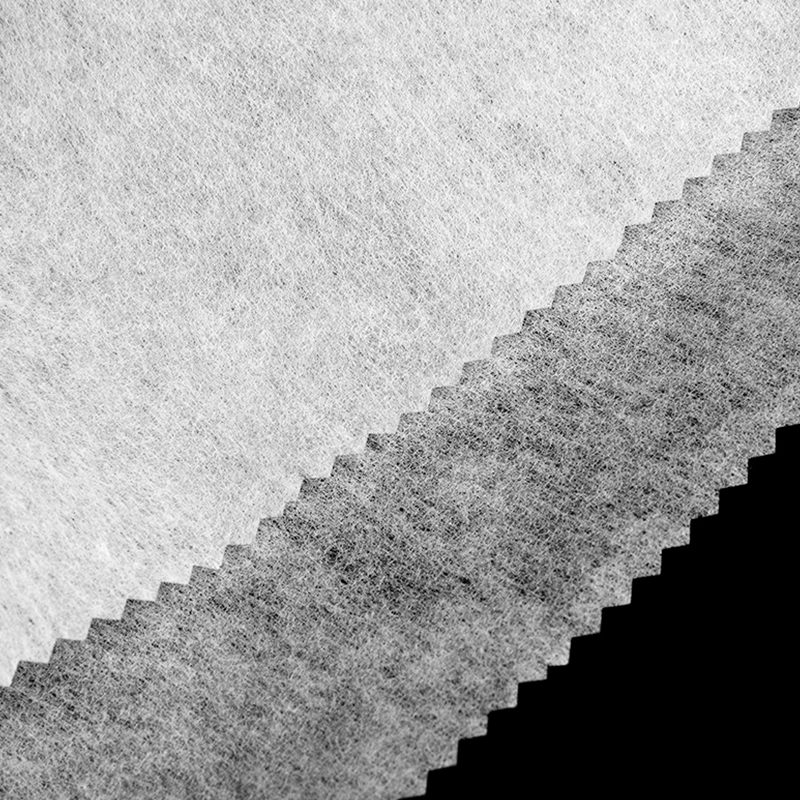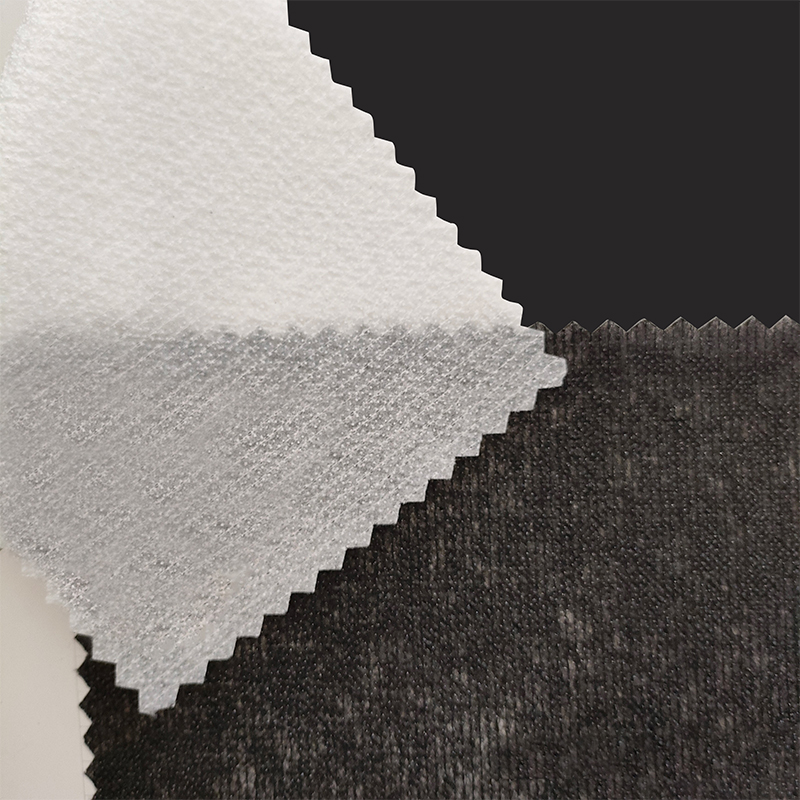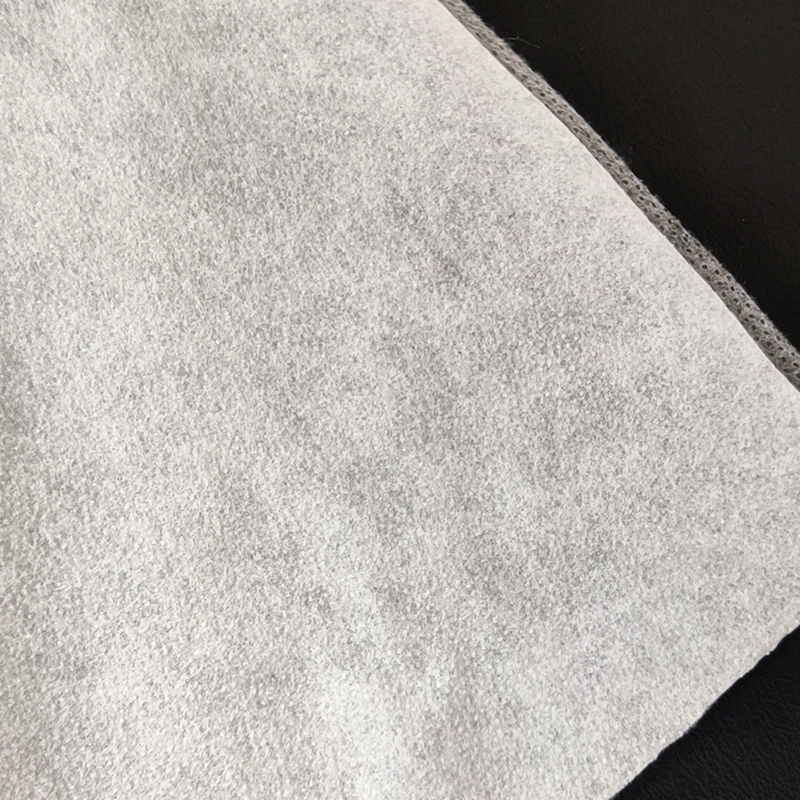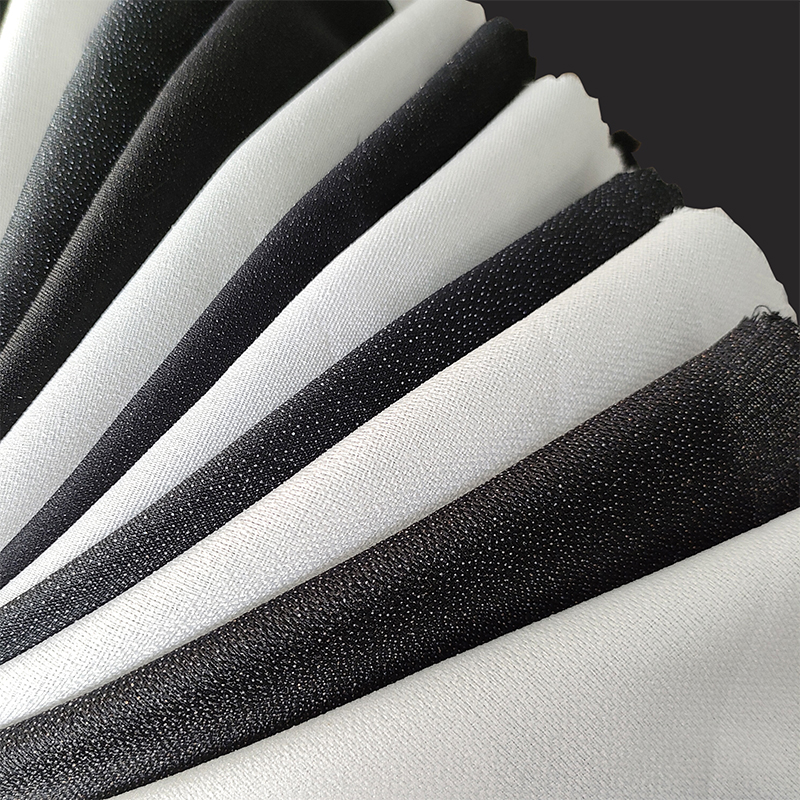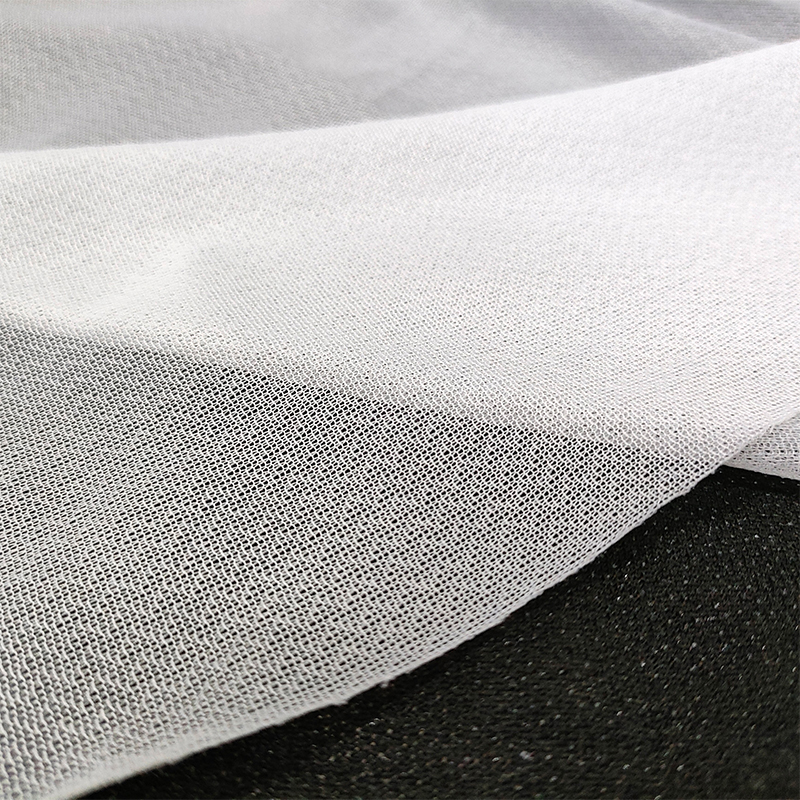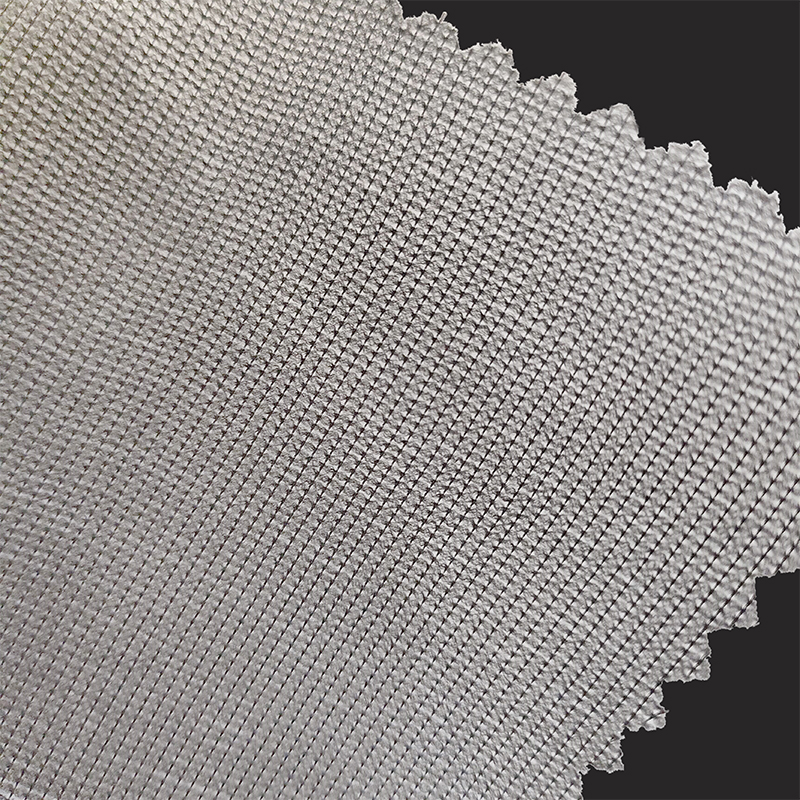Whether non-woven fabric can be exposed to sunlight for a long time mainly depends on its raw material composition and processing technology. The specific characteristics are as follows:
1、 Conventional synthetic fiber non-woven fabric (PP/PET material)
▸Weak UV resistance
Polypropylene (PP) or polyester (PET) materials are prone to breakage of their molecular chains under continuous exposure to ultraviolet radiation, leading to fiber brittleness and decreased strength. After several months, surface pulverization and damage may occur.
Dark colored fabrics (such as black and blue) absorb heat faster and age significantly faster than light colored fabrics.
▸Anti aging additives need to be added
Some agricultural or geotextiles delay aging by adding anti UV chemical additives, but they will still fail after long-term exposure to sunlight (more than 1 year) and are not suitable for permanent outdoor facilities.
2、 Biobased biodegradable non-woven fabric (PLA/PHA material)
▸Photodegradation accelerates decomposition
Sunlight and ultraviolet rays can promote the disintegration of materials such as polylactic acid (PLA), making it suitable for short-term outdoor applications (such as crop cover cloth for 3-6 months), but durability is a disadvantage.
▸Damp and hot environment exacerbates damage
Under high temperature light, PLA fabric is more prone to hardening and cracking, especially in humid areas where mold erosion and a sudden drop in physical properties may occur.
3、 Special coating/composite non-woven fabric
▸Surface treatment enhances weather resistance
Aluminum film lamination, UV curing coating and other processes can reflect ultraviolet rays and extend the service life (such as waterproof roll base fabric).
▸Core protection of sandwich structure
When used as an intermediate layer (such as building sandwich insulation materials), the outer plate or asphalt blocks the sun, and the actual anti-aging ability is improved.
4、 Key recommendations for usage scenarios
▸Short term exposure: Seasonal agricultural products such as cold proof cloth and seedling cloth (<1 season) can be directly exposed to sunlight without protection.
▸Long term outdoor use with caution: Sunshades, outdoor advertising fabrics, etc. should be selected with anti-aging treatment models or replaced regularly.
▸Failure warning sign: When the fabric surface appears white, brittle, or has transparent holes, it should be replaced immediately to prevent tearing.
| Material/Type | Sunlight Tolerance | Key Concerns | Practical Guidance |
| Standard PP/PET | Limited | UV degrades fibers → brittleness, fading | Avoid long-term direct sun; lifespan shortens significantly |
| UV-Stabilized PP/PET | Moderate | Added chemicals slow decay but wear off | Suitable for 1-3 seasons; check for cracking/discoloration |
| PLA/PHA Biodegradable | Very Low | Sunlight accelerates disintegration | Strictly for short-term use (e.g., 1 crop cycle) |
| Coated/Laminated | High | Reflective/metallic layers block UV | Ideal for roofing/canopies; inspect coating integrity yearly |
| Sandwiched Layers | Protected | Outer materials shield from direct UV | Safe in walls/floors; no exposure concerns |

 English
English Español
Español Türk
Türk